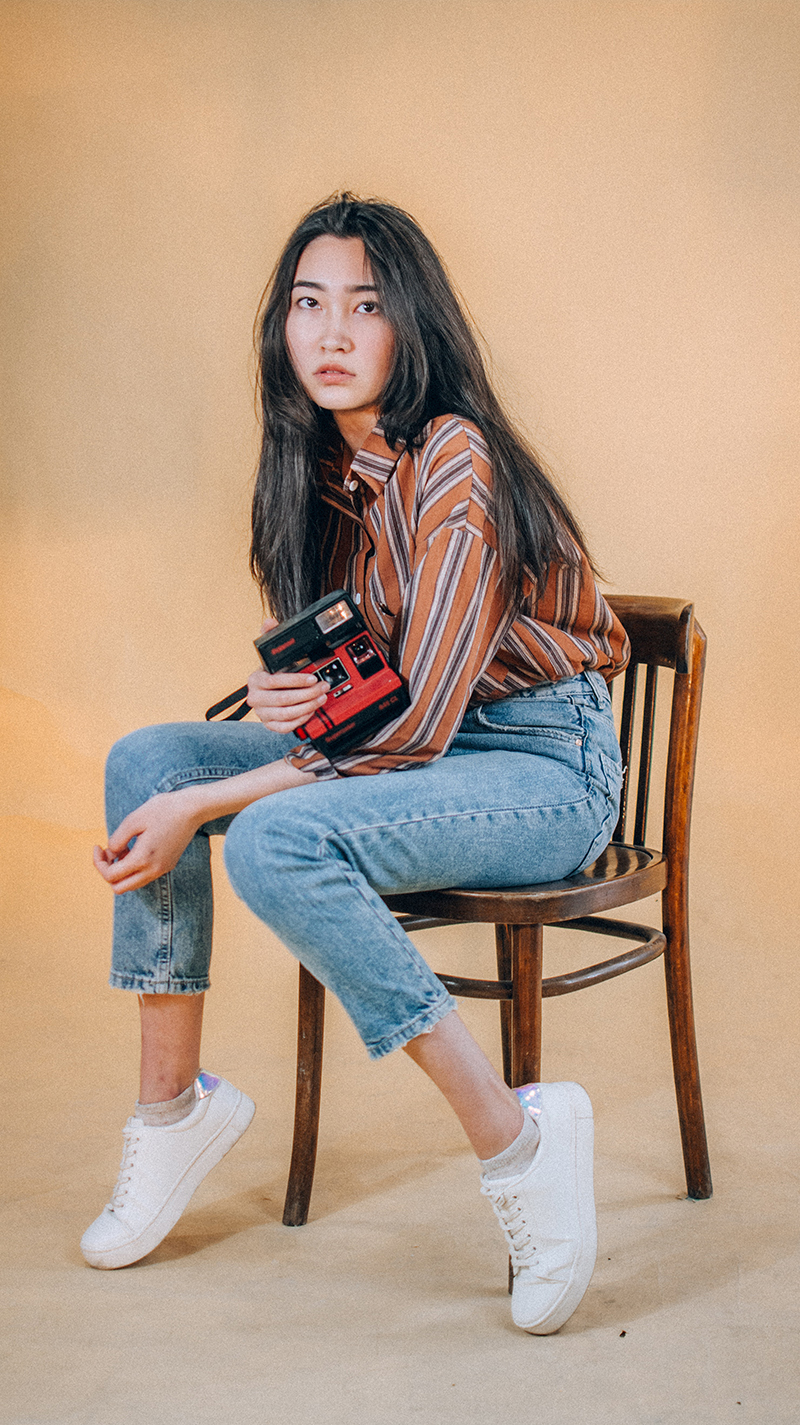Mindfulness is about being aware. And when it comes to thrift shopping, I think it’s all about getting rid of the “if it doesn’t work, I’ll just re-donate or sell it!” mindset. It’s been proven that many chain thrift stores, like Goodwill, are not lacking in donations. They’ve basically become the landfill that makes you feel good—as there’s so much overflow that (literal) tons of it gets thrown away or shipped overseas, causing a multitude of other problems in the process. Smaller independent thrift shops, or even better, shelters that take donations, are generally a better route, but with that said, you still don’t want to go into your shopping experience with the mindset that you’ll likely bring it back. Go into it with the mindset that you’re thrifting for keeps—just like you would at the mall.

Being a mindful thrift shopper means being more conscious about the experience all the way from intention to purchase to how the object is serving you afterward. I think it really starts with this mindset, and you can continue to expand on it with the tips below:
Have a reason for going thrift shopping
I used to thrift on the weekends because it was a fun hobby of mine. I’m grateful for that as it taught me a lot about shopping, fashion, vintage, and consumerism in general, but nowadays I think it’s more important to go when I’m actually on the hunt for something. I know that takes some of the magic out of it, but a good way of going about it is to keep a general list (or mental note) of things you’d like to find at thrift stores, and go every now and then until you find them. Obviously, thrift stores aren’t a place you are guaranteed to find what you need, so this might span a few shopping trips. Which leads us to…
Make a shopping list
It seems counterintuitive because you have no way of knowing what you’ll find at a secondhand shop, but knowing what you want is key. If you don’t go in with an idea of what you’re there for, you’ll probably come out with, oh, a bunch of knick-knacks and colorful dishware (just me?). This list will be helpful after you shop, too, because once you’ve exhausted your secondhand options for something (thrift shop, Craigslist list etc.) you have the list for those leftovers that you may need to buy new.
Add style notes
If shopping for clothing or home decor, add some style notes to your shopping list to keep you in check. Yes, you may already know your own style, but thrift stores can be overwhelming places overflowing with good finds across the board. It’s super tempting to buy something just because you know it’s worth more than the price tag, but is that actually helping you cross off your list?
Keep in mind gifting
I’ve only recently started doing this because, well, not that many people I know appreciate gorgeous secondhand finds! But for an ethical shopper, the holiday season can be really uncomfortable because you want to gift a meaningful object but may not have the budget to buy everyone on your list something new from a responsible source. I like to be conscious of any upcoming gift occasions before I set foot inside a shop, so those people are front of mind while I’m perusing the shelves. Then if something comes up, like a really cool vintage decor piece that totally speaks to a friend, I can snag it and save it for the occasion!
How do you connect mindfulness and thrift shopping? Share your thoughts!
Photo by Azamat Zhanisov via Unsplash
I have also moved away from thrifting as a hobby as well. I have banned myself from going for several months during a no spend. Otherwise, I try to only go for a specific item like a jacket for a work outfit or solid shirts I can teach online courses wearing. This something I am chatting about this week in my blog. I am going to link this article in!
Thank you! Mandy
Thanks for linking to our article!